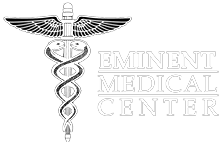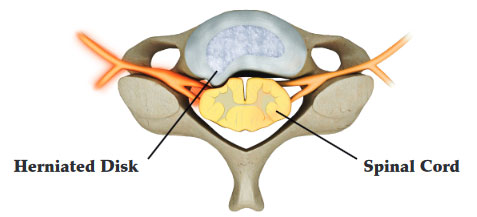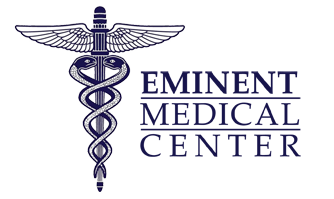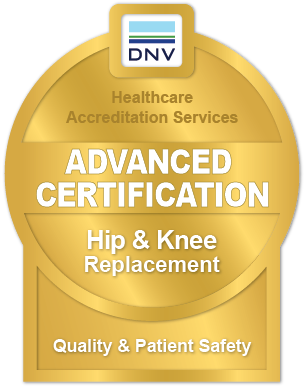A lumbar herniated disc, also known as a torn or ruptured disc, is a condition when the soft center of a spinal disc pushes through a crack in the tougher exterior casing. Some herniated discs cause no symptoms, but others can irritate nearby nerves and cause pain, numbness and even weakness in the lower extremities. A herniated disc can occur for several reasons, but the primary cause for many people is aging.
If you’ve been diagnosed with a herniated disc, and depending on its severity, your physician may first recommend non-invasive treatment including anti-inflammation medications, physical therapy and/or a local injection of cortisone to alleviate the pain and give the disc time to heal on its own. However, if the pain does not subside, your doctor may recommend a surgical procedure called a Microdiscectomy.
What is a Microdiscectomy?
Microdisectomy is a surgical procedure used to relieve the pressure and pain over the spinal cord or nerve roots that are caused by the herniated disc. A Microdiscectomy is usually recommended when the ruptured disc is pinching a spinal nerve root and you’re experiencing symptoms that may include:
· Leg pain that limits your normal daily activities
· Weakness in your leg(s) or feet
· Numbness in your extremities
· Impaired bowel and/or bladder function
The procedure, risk and recovery
The Microdiscectomy procedure, performed under general anesthesia, involves the use of microsurgical techniques to gain access to the lumbar spine. A small portion of the herniated disc that compresses the spinal nerve is removed.
Following the surgery, patients are discharged home on the same day or the next day. Post-operatively, patients are advised to gradually increase their activity levels. If required, physical therapy is started after four to six weeks of the surgery to improve strength and range of motion.
As with any surgery, there are always risks involved, including excessive bleeding, infection, or a negative reaction to anesthesia. Being that the Microdiscectomy involves surgery in and around the spine, further nerve damage is also a possibility.
Benefits of a Microdiscectomy
A Microdiscectomy can help relieve pressure on your spinal nerve(s) to help relieve the pain. It also may help you begin the process of regaining some of the lost mobility in your extremities. Another benefit is that the recovery time for a Microdiscectomy is much less than traditional lumbar surgery.
It’s essential to consult with your physician and carefully review all options. The good news is that Microdiscectomies have a high success rate, of course depending on your age and condition – along with your dedication to post-operative physical therapy that may be recommended by your doctor. Contact us today for more info!







